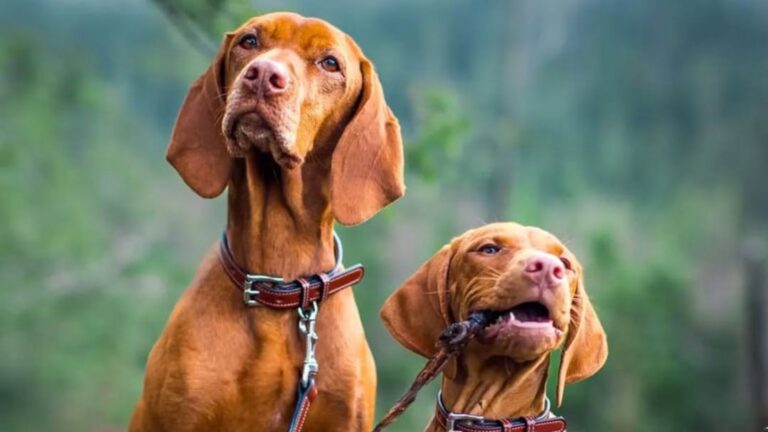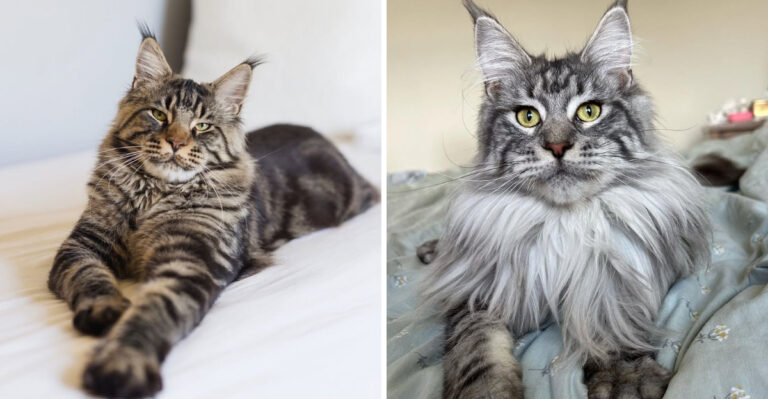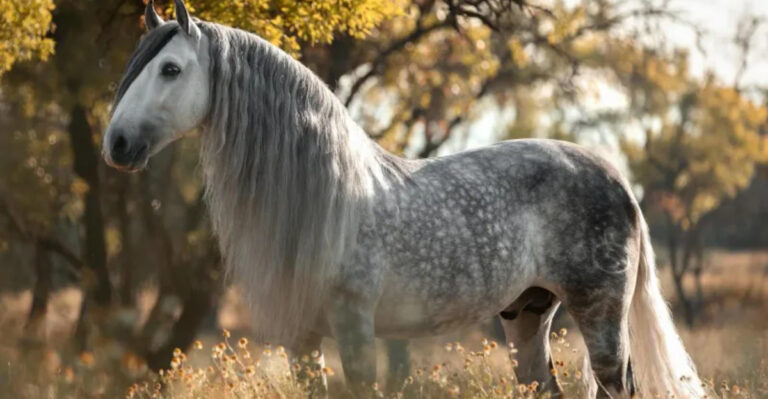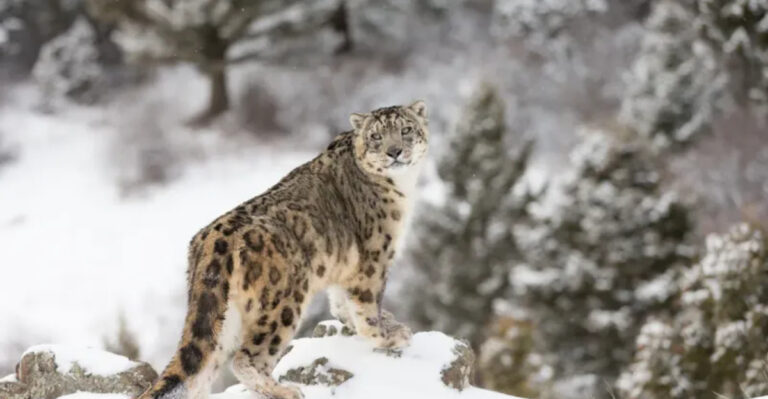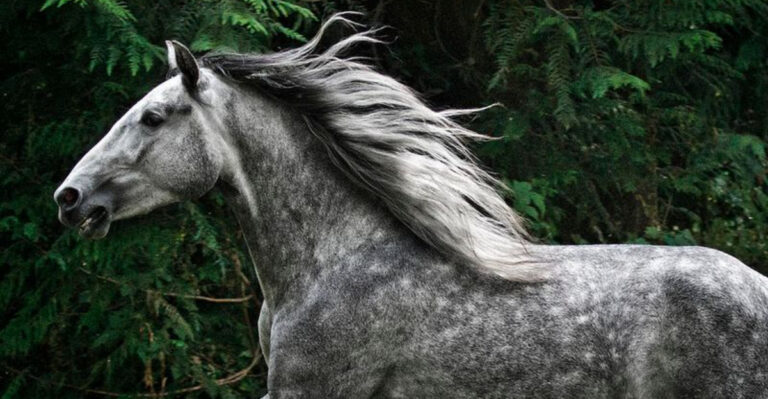9 Dog Breeds You’ll Find Tough To Train (And 6 That Are Star Pup Students)

Ever wondered why some dogs seem to master commands in minutes while others act like they’ve never heard the word ‘sit’ before?
Just like humans, our furry friends have unique personalities and learning styles. Some breeds naturally pick up training quickly, while others march to the beat of their own drum.
Whether you’re a first-time dog owner or looking to add another pup to your pack, understanding which breeds might need extra patience during training can save both you and your four-legged buddy a lot of frustration.
1. Afghan Hound – The Dignified Diva
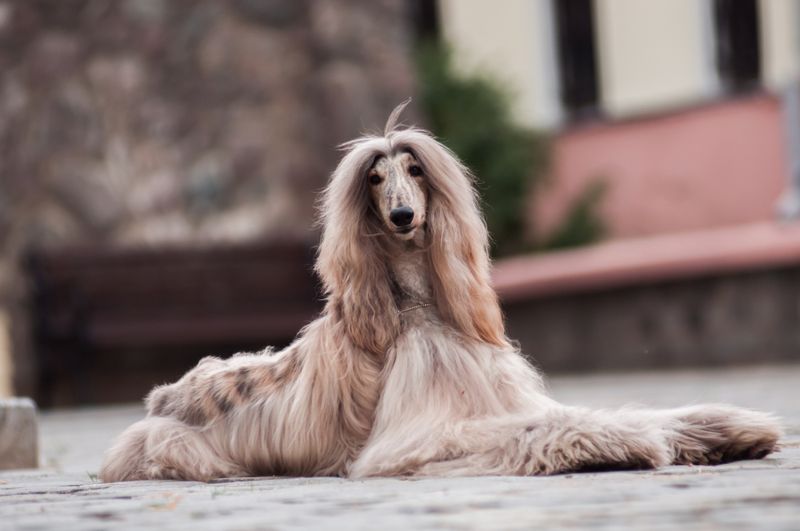
Behind those flowing locks and elegant stance lies a mind that often says, “I’ll think about your command and get back to you… maybe.” Afghan Hounds aren’t actually lacking intelligence – they’re just incredibly independent thinkers.
These ancient sighthounds were bred to hunt without human direction, making decisions miles away from their handlers. This self-sufficient history shows in their training response.
Expect training sessions filled with dramatic sighs and occasional blank stares that seem to ask, “What’s in it for me?” Success comes with patience, consistency, and making training feel like their idea. Their aristocratic attitude requires an owner with equal parts humor and determination.
2. Basenji – The Bark-less Rebel
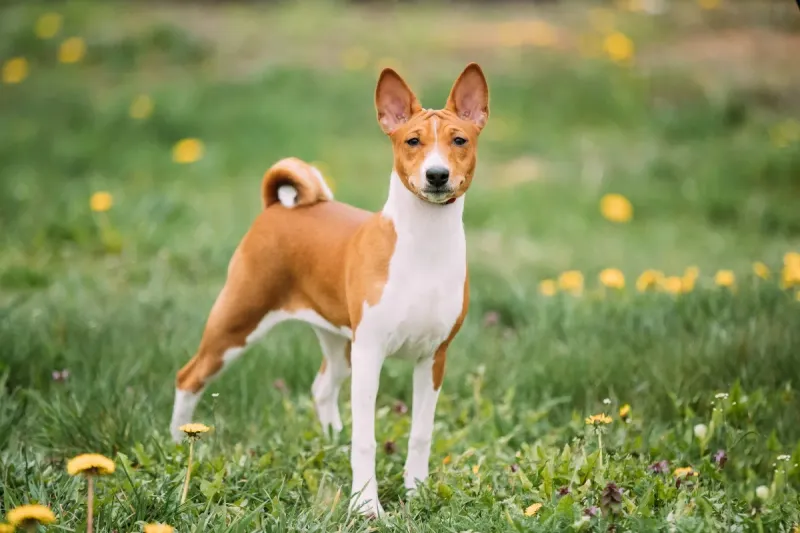
Nicknamed “the barkless dog,” Basenjis make up for their quiet nature with stubborn creativity. These clever canines originated in Africa as independent hunters, developing problem-solving skills that didn’t involve waiting for human instructions.
Training a Basenji often feels like negotiating with a tiny, furry lawyer who’s constantly looking for loopholes in your commands. They’re masters at selective hearing, appearing suddenly deaf when called but miraculously alert when the treat bag rustles.
Their curious, cat-like personality means they’re easily bored by repetitive training. Short, engaging sessions with plenty of variation win the day.
3. Beagle – The Nose That Knows (Nothing About Listening)
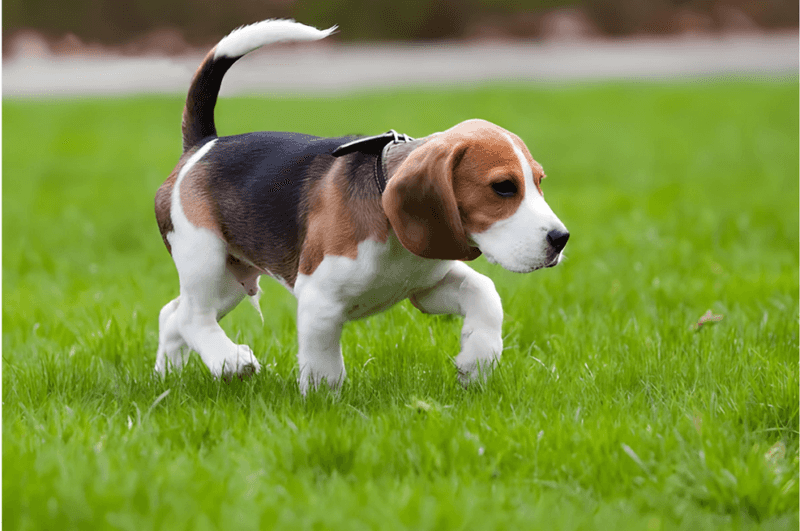
Beagles follow their noses first and your commands second – if at all. These friendly hounds were bred to track scents for miles, which means their nose-brain connection overrides almost everything else, including your pleas to “come back right now!”
Training sessions frequently derail when an interesting smell wafts by. Suddenly, your well-planned lesson transforms into a scent investigation with you trailing behind your determined detective.
Their food motivation helps, but even treats compete with the thrill of the hunt. Beagles require secure fences and leashed walks, as no amount of recall training guarantees they won’t dash after an enticing scent.
4. Bulldog – The Lovable Lazy Learner
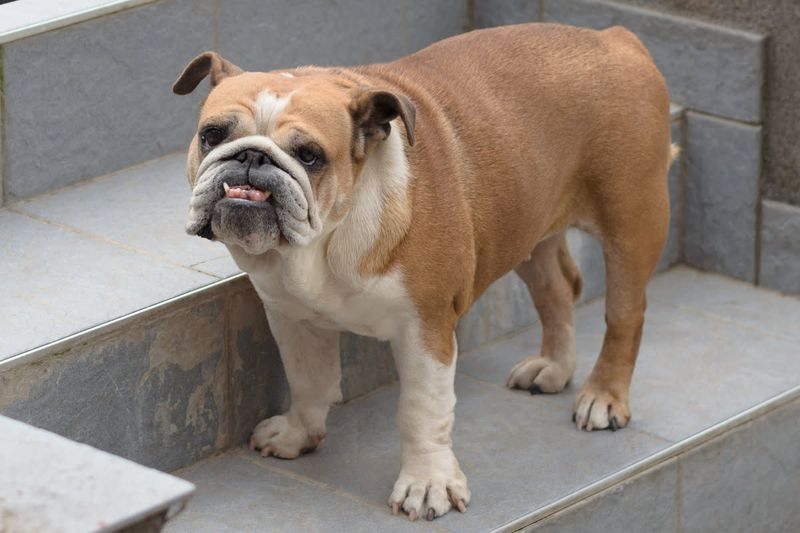
Bulldogs redefine the concept of stubborn with their immovable, “make me” attitude toward training. These squat powerhouses combine limited physical stamina with unlimited mental determination to resist your agenda.
A Bulldog mid-training often resembles a furry boulder – present physically but spiritually committed to inaction. Their trademark expression perfectly communicates, “I understand exactly what you want… and I choose not to do it.”
Short training sessions work best, as Bulldogs overheat easily and quickly grow bored with repetition. Positive reinforcement through treats (their true passion) yields better results than any attempt at force.
5. Chow Chow – The Fluffy Dictator
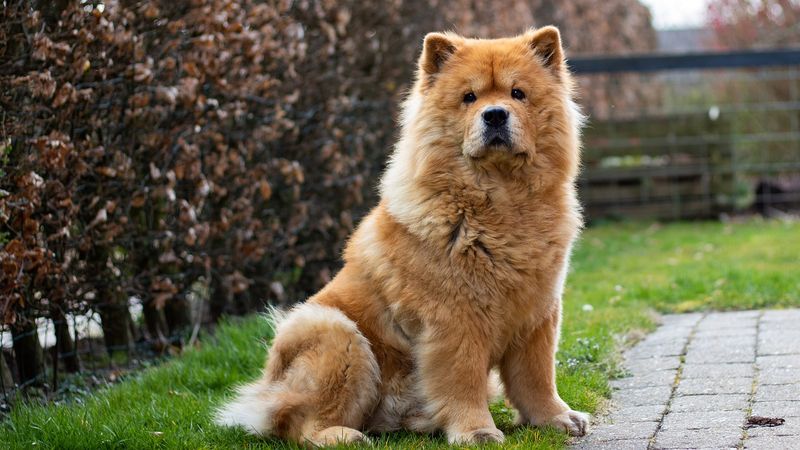
Chow Chows approach training as if you’re the student and they’re the teacher. Their aloof, cat-like independence makes them resistant to the people-pleasing instincts that help train other breeds.
Early socialization is crucial, as adult Chows quickly establish themselves as household monarchs if given the chance.
Training works best when framed as a mutual agreement rather than commands. Their intelligence isn’t in question – they understand perfectly but weigh each request against their personal priorities. Patience wins with Chows, as does consistency. Once they accept a rule, they’ll generally respect it, though they might periodically test boundaries just to keep you humble.
6. Shiba Inu – The Canine Comedian
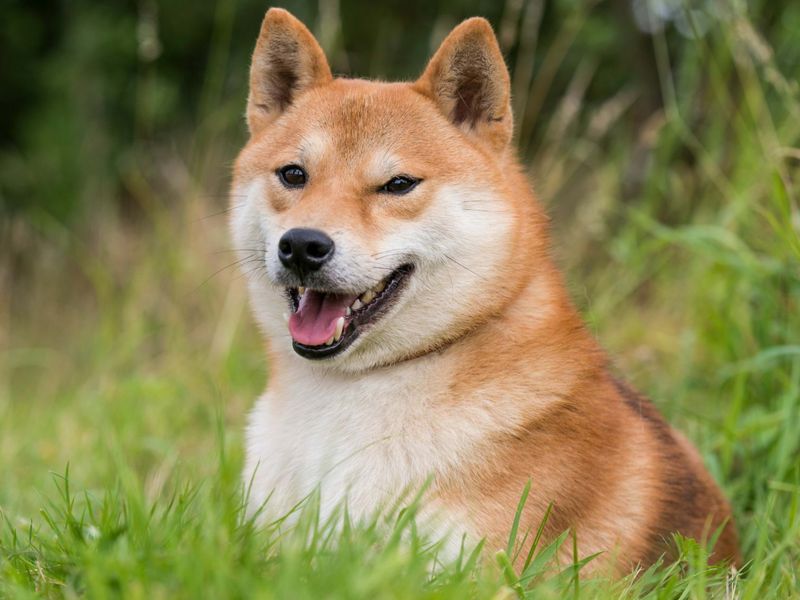
Shiba Inus bring dramatic flair to resistance training. These fox-like Japanese dogs became internet famous for their “Shiba scream” – the theatrical tantrum they throw when faced with unwanted activities like baths, nail trims, or commands they’d rather ignore.
Highly intelligent but fiercely independent, Shibas understand commands quickly but implement them selectively. They’re notorious escape artists who view fences as suggestions and leashes as personal affronts to their dignity.
Training requires creativity and respect for their strong personalities. They respond well to positive reinforcement but can hold grudges when forced. Their keen intelligence means they quickly learn which behaviors earn rewards, often inventing their own clever shortcuts.
7. Borzoi – The Aristocratic Airhead
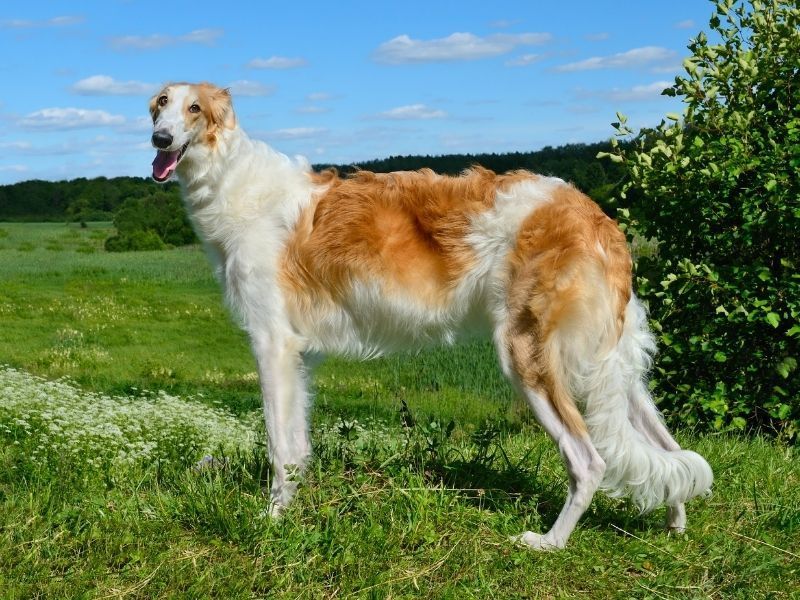
Borzoi carry themselves with the elegant disinterest of supermodels accidentally booked for a fast-food commercial. These Russian wolfhounds combine impressive intelligence with a profound lack of urgency about pleasing humans.
Their hunting history created independent thinkers who made split-second decisions without human input. This translates to a dog who understands your commands perfectly but feels no particular obligation to follow them, especially outdoors where instinct takes over.
Training requires patience and creativity, as Borzoi quickly bored with repetition. Their sensitive nature means harsh methods backfire spectacularly. Success comes through gentle consistency and making training mentally stimulating.
8. Dachshund – The Stubborn Sausage
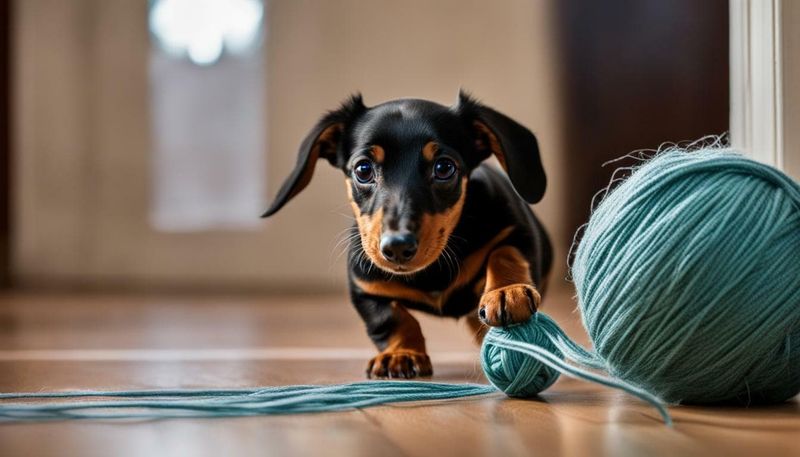
Don’t let their small size fool you – Dachshunds pack industrial-strength stubbornness into those short legs.
Training a Dachshund often feels like reasoning with a tiny attorney who specializes in finding loopholes in your commands. Their hunting instincts make them easily distracted by small movements, while their tenacity means they rarely give up on anything, including ignoring you.
Successful training leverages their food motivation and need for mental stimulation. Their surprising intelligence means they learn quickly when motivated, but their selective memory conveniently forgets commands that interfere with their plans.
9. Siberian Husky – The Mischievous Escape Artist
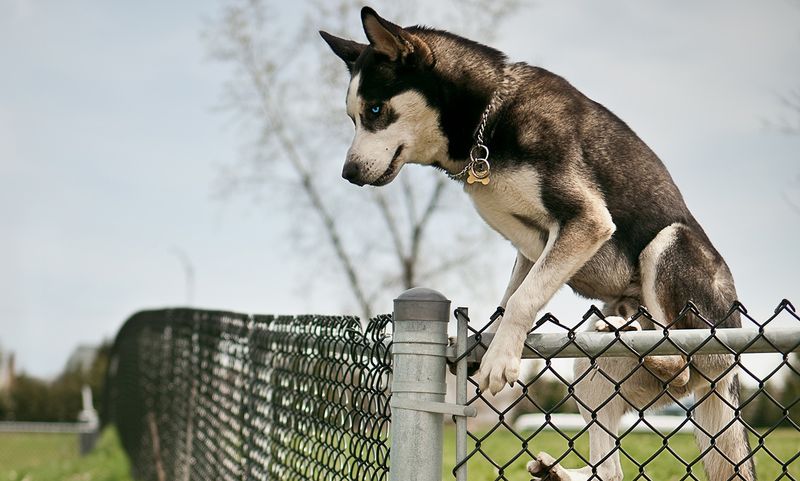
Huskies approach training as an optional recreational activity that ranks well below digging, howling, and planning their next great escape. These working dogs were bred for independent thinking in harsh Arctic conditions, where survival sometimes meant ignoring their musher’s commands.
Their legendary stubbornness comes paired with problem-solving intelligence that would impress prison escape consultants. Huskies can learn complex commands quickly, but implement them based on their own cost-benefit analysis.
Exercise is essential before training, as a tired Husky is marginally more cooperative than a fresh one. Their pack mentality means they respond best to calm, confident leadership rather than forceful commands.
10. Border Collie – The Overachieving Brainiac
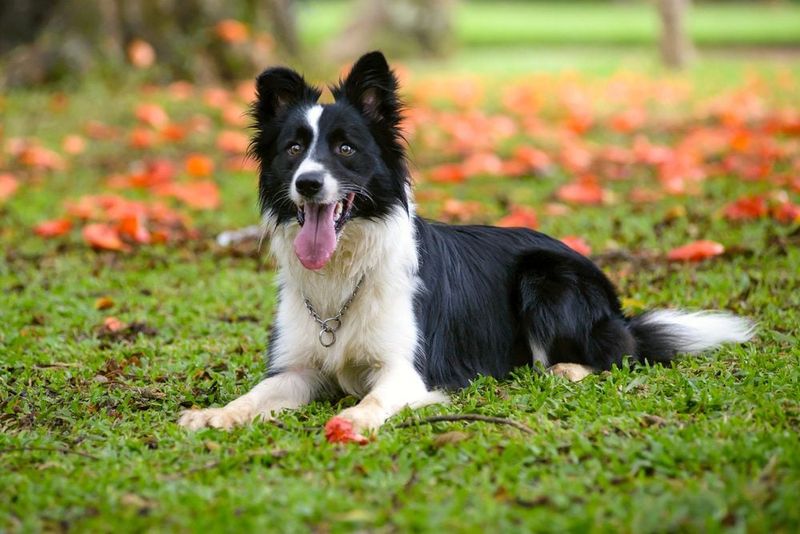
Border Collies don’t just learn commands – they analyze, optimize, and sometimes improve upon your training techniques.
Their intense focus and eagerness to work make training less about teaching and more about channeling their boundless mental energy. Border Collies thrive on challenges and quickly grow bored with basic commands, constantly seeking the next mental puzzle.
Without proper stimulation, these brilliant minds create their own entertainment – usually something you won’t appreciate. Their sensitivity to subtle cues means they often respond to commands you didn’t realize you were giving.
11. Labrador Retriever – The Eager-To-Please Prodigy
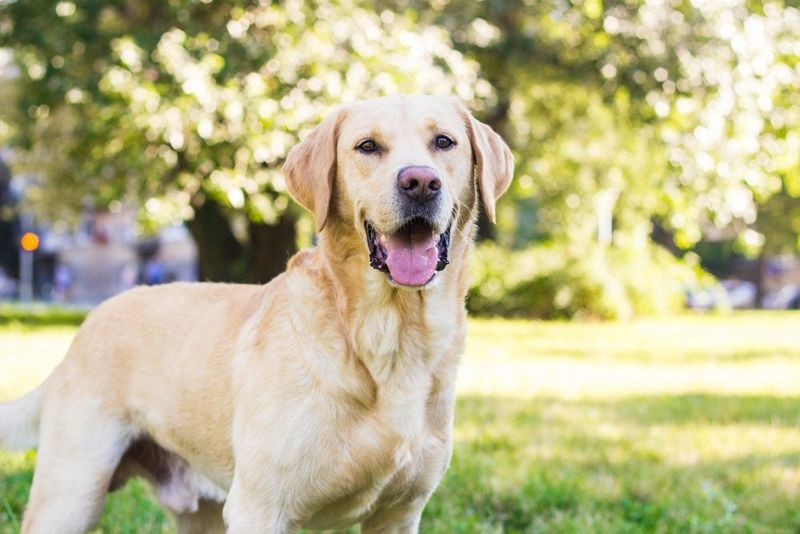
Labradors approach training with the enthusiasm of a kindergartner on a sugar rush – boundless energy paired with genuine desire to make you happy.
These popular family dogs excel at everything from basic commands to complex service work. Their forgiving nature means they bounce back quickly from training mistakes, making them perfect for first-time dog owners.
Labs do have their challenges – mainly their exuberance and slow maturation (they remain puppyish until 2-3 years old). Their intelligence varies within the breed, but even average Labs learn quickly through consistent, positive methods.
12. German Shepherd – The Versatile Valedictorian
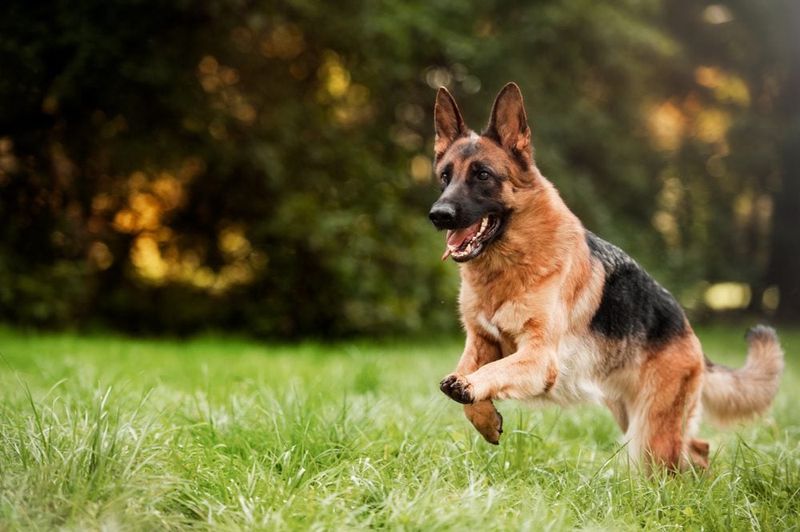
German Shepherds approach training with the seriousness of a student aiming for valedictorian. Their legendary work ethic and intelligence make them quick studies who thrive on mental challenges.
These versatile dogs excel in virtually every canine career – from police and military work to service and therapy roles. Their natural protective instincts and desire to work alongside humans create a dog that’s not just trainable but actively seeks direction and purpose.
German Shepherds require an owner who provides consistent leadership and mental stimulation. Without proper guidance, their intelligence can lead to problematic behaviors. Their sensitivity to mood means they respond best to confident, calm training methods.
13. Poodle – The Intellectual Show-Off
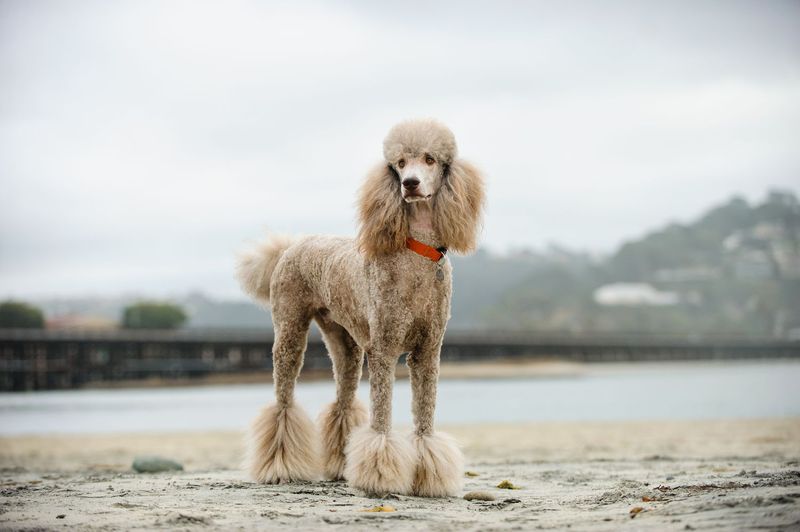
Behind those fancy haircuts beats the heart of a canine Einstein. Poodles combine remarkable intelligence with a performer’s love of attention, creating a dog that not only learns quickly but performs with flair.
Poodles thrive on mental stimulation and can master complex tricks that leave other breeds confused. Their sensitivity means they respond beautifully to positive methods but shut down under harsh correction.
They particularly excel at anything involving showing off – from formal obedience to trick training. A bored Poodle becomes a creative troublemaker, so continuous learning is essential. Their intelligence demands respect – they know when you’re underestimating them.
14. Golden Retriever – The Cheerful Class Favorite
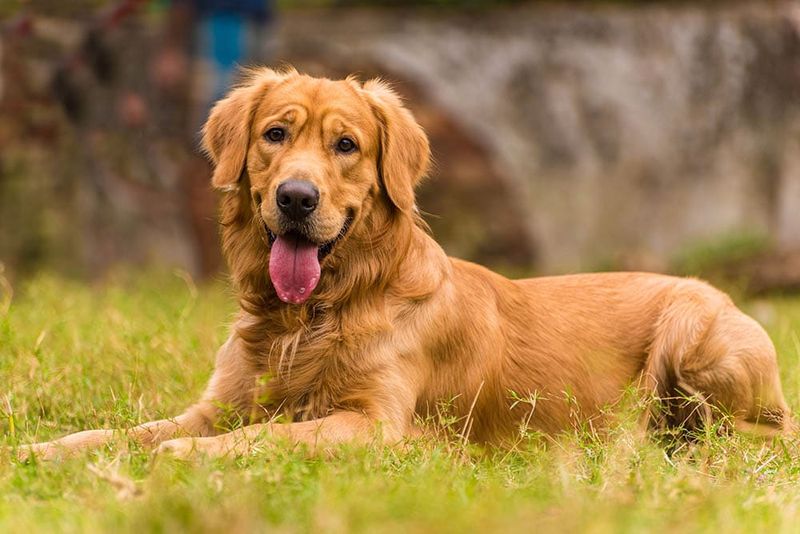
Golden Retrievers approach training with the wholesome enthusiasm of a kid who genuinely loves school. Their legendary patience, gentle mouths, and desire to please make training feel less like work and more like a bonding activity.
Goldens excel in virtually every dog sport and service role, from therapy work to search and rescue. Their only training challenge stems from their friendly nature – teaching them not to greet everyone can be difficult.
Training success comes from positive methods that leverage their social nature and food motivation. A Golden doesn’t just learn commands – they study your face, anticipating needs and responding to subtle cues with an earnest desire to get it right.
15. Australian Shepherd – The Workaholic Wizard
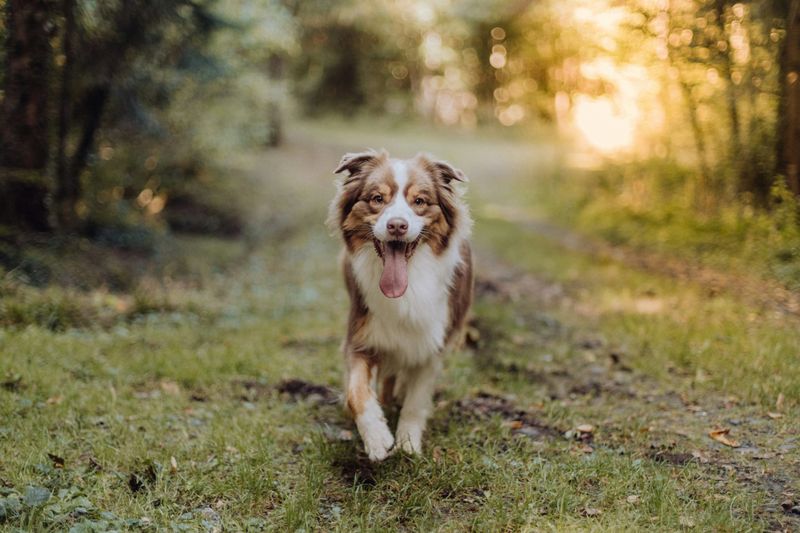
Australian Shepherds don’t just enjoy training – they demand it with the intensity of a furry workaholic who’s found their calling. These ranch dogs combine remarkable intelligence with boundless energy and a deep need for purpose.
Aussies learn new commands at astonishing speeds, often picking up complex behaviors in just a few repetitions. Their herding background creates a dog that watches your every move, anticipating commands before you give them.
When properly challenged, Aussies shine in dog sports, especially those involving agility and problem-solving. They don’t just want to learn – they need to learn as much as they need food and water.

